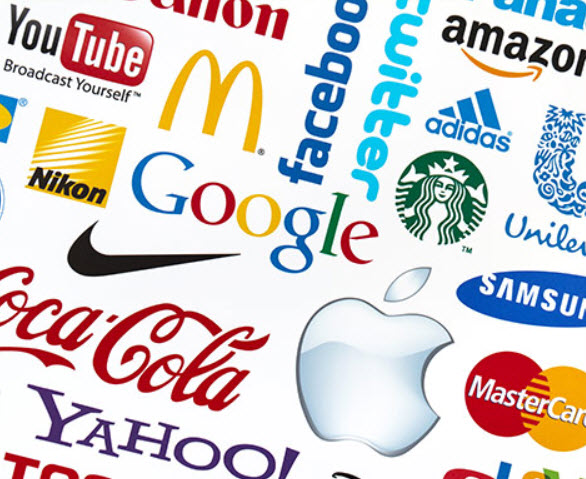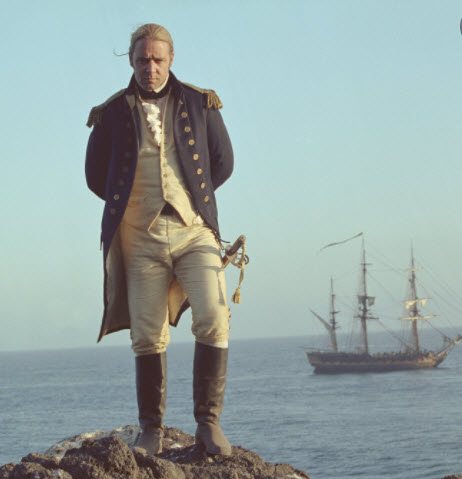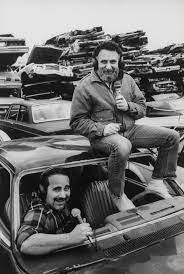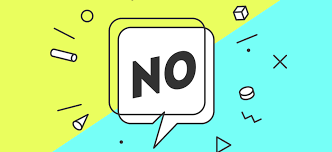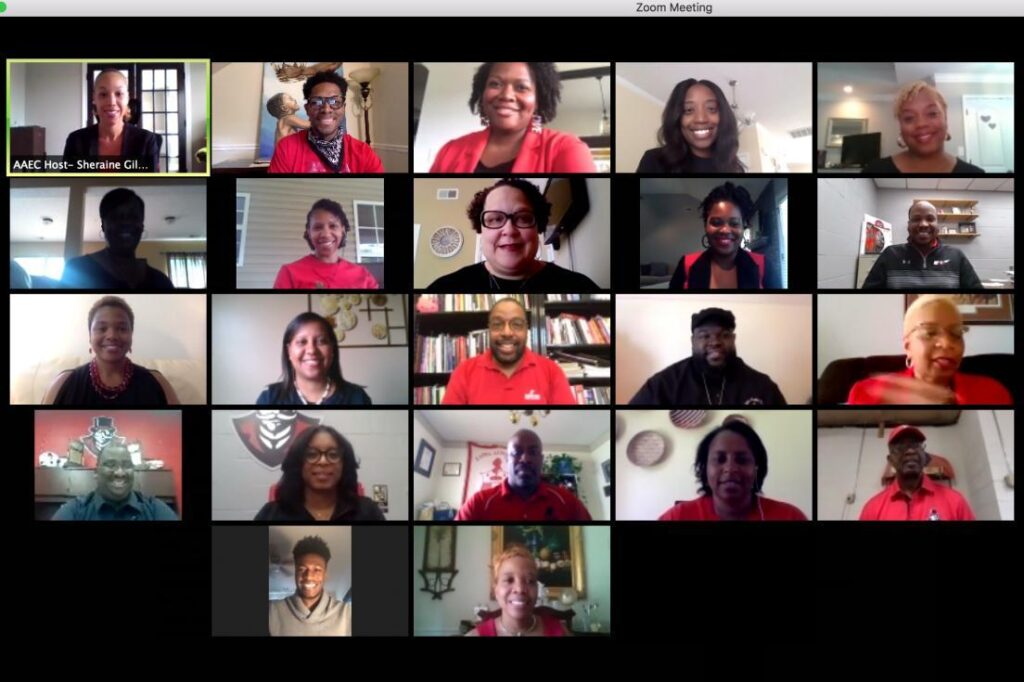When Does A Name Become A Brand?
What’s The Idea? is a brand strategy consultancy. I used to say brand consultancy but for many that’s misleading. The masses believe brand to be name and logo. Nouns. My business treats brand as an action verb. To brand is to create pointed value. One overarching value, supported by 3 unique and extremely well-defined areas of proof. Alone, these proof areas may not be unique. Together, and organized beneath the brand value (claim), they are highly strategic. And scientifically proven to be business-winning.
Nine out of ten brands are so in name only. Faux brands. A mid-size company will spend $12,000 on an artistic sign before spending a dollar on brand strategy. That same company will pay web developers $40,000 to redesign their website yet only $1,000 on the written content – sans strategic direction.
Large corporations with marketing departments and 6 or 7 figure budgets all talk brand. And occasionally use it as a verb. But ask them to drill down to the real brand strategy framework, the exact and specific values, and their tongues are tied. They use the word almost as magic, hoping upper management will let them be.
In order for a name to become a brand, it must be bound to a strategy. A brand strategy. One easily articulated. Easily supported. And most importantly easily understood.
For examples of real brand strategies for all size businesses, write Steve@WhatsTheIdea.com
Peace.

